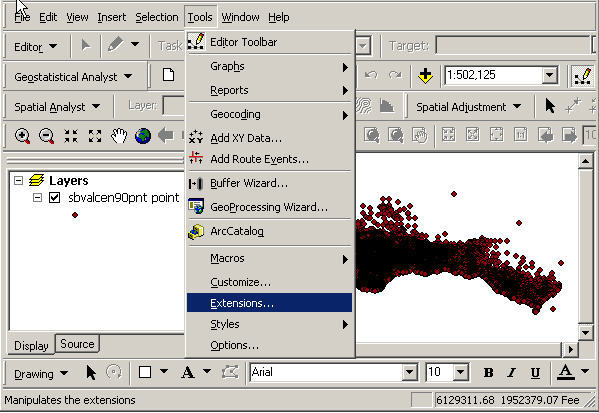

Common examples would be rivers, railroads, trails, streets and topographic lines. Line (or arc) or Polyline data is used to represent linear features. Measurement is not possible by using point data. For instance, point locations could represent city locations or place names. Examples would be schools, points of interest, wells, peaks. Points features are also used to represent areas when displayed at a small scale and abstract points. Zero-dimensional points data is most commonly used to represent nonadjacent features and geographical features that can be expressed by single point and to represent discrete data points. Points have zero dimensions, therefore you can measure neither length or area with this dataset.

Vector Data is mainly split into three types of geometry according to the geographical features : You can also have a look at Raster data source in my previous post Raster data file format lists in GIS. Vector considers the geographical features as geometrical shape and express them by different types of geometry. In this post we are looking forward to see the List of Vector Data file formats in GIS. These data sources also has multiple file formats in them which are often used to express the geographical features. In GIS, we require some data formats to express the geographical features, which mainly are of two types Raster and Vector data formats.


 0 kommentar(er)
0 kommentar(er)
